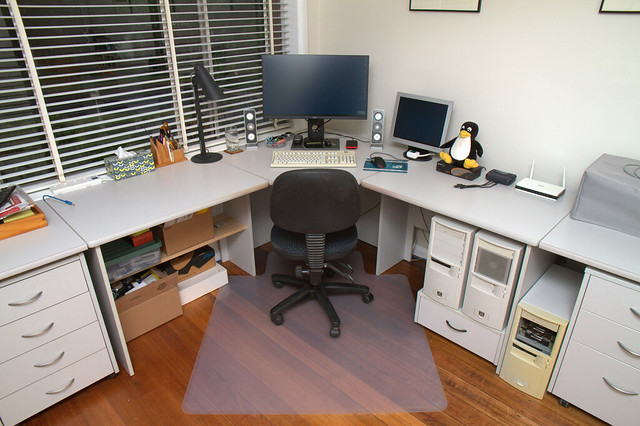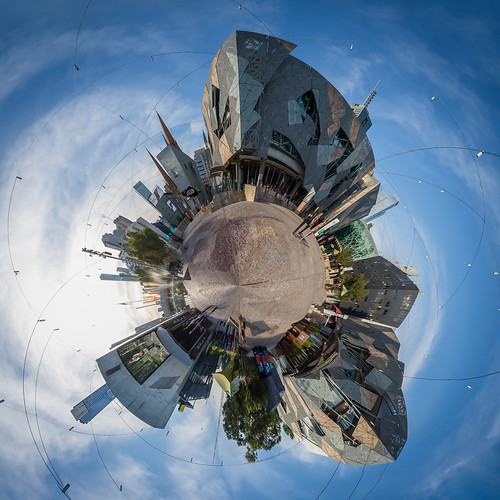A few more pixels
Tuesday, December 27th, 2016 at 09:20pm
A few months ago I started to notice signs of age on my 24″ display, a solid colour was blotchy, as if the backlight was starting to fail. Oh well, it has given me over ten years of use.
I started to look into a replacement and quickly found that one division of the models is between gaming and non-gaming. For games there were displays with high refresh rates, though the colour range and accuracy wasn’t the best, but they did seem to be on the cheaper side of the scale. The other type typically used “professional” or something about colour in their name, but these were the ones that were coming up on top in reviews of displays for photo/video editing. A downside of the better quality was a higher price, but I got ten years out of the 24″ display, so I need to consider this a long term investment.
Something that I found disappointing was that most displays have settled on a 16:9 aspect ratio. My 24″ was 16:10 which meant a resolution of 1920×1200 pixels. If I got another 24″ display it would likely have a 16:9 aspect ratio which is a resolution of 1920×1080, but the reduction in height was not acceptable. In the 24″ size there were a few with a 2560×1440, yes this is 16:9 but it is greater in both dimensions, but I have briefly used a display of that size/resolution and I found that everything was too small. I know that these days scaling up the interface is a lot better than it used to be, but a 16:9 24″ display would still have a physcially smaller viewing area. This led me to 27″ displays which I found to be only available in 16:9 aspect ratio, but in three resolutions: 1920×1080, 2560×1440, and 3840×2160 (aka 4K). This was a Goldilocks scenario with one being a step down in resolution but larger physically, one that seemed just right, and the final one that was just overkill.
Now that I had a better idea of what type and size of display I wanted it was easier to locate reviews that covered those displays for photo editing. After balancing up the recommended models against price I decided on another Dell (the tipping point was finding a local store that was $200 cheaper than direct from Dell), then I sat on that decision for a while. There ended up being three Dell models I was considering, one released a few years ago, the current model which was similar in price to the earlier one but slightly less well reviewed, and the next model up from last year. My final choice was a UP2716D which I picked up just before Christmas and now my desk looks like this:
This is the end result of spending all of today of taking everything out, cleaning behind the desk and putting it all back in some kind of order. I do this every couple of years, each time I trying to keep it clean and organised for as long as possible. There are still some boxes to sort through, a tray is miscellaneous stuff and you don’t want to know what is in the drawers…
My old 24″ display had a card reader built into the side, this was very convenient whenever I wanted to transfer photos from my camera, such as when I took the above photo. For now I am using the portable reader that I keep in my camera bag, but I do have a reader in the cupboard that goes in a 3.5″ bay…
Another aside is that for the few days between my impulse purchase of a graphics card and getting the new display was that I was worried that I might have made a mistake. Most of the time the internet says that the maximum resolution of HDMI is 1920×1200, but then later versions of HDMI increased that. All I could find from Dell was that would be the maximum resolution if I used HDMI with the display I wanted to get, I would need to use DisplayPort to use the native 2560×1440 resolution. The new graphics card I got doesn’t have DisplayPort, it has HDMI, VGA, and DVI, so would I have to try to return it and get a different card? Maybe not as other internet searches led me to people listing what resolutions would work between various cards and displays. In the end it worked out fine, but the combination of poor or outdated documentation was annoying.


